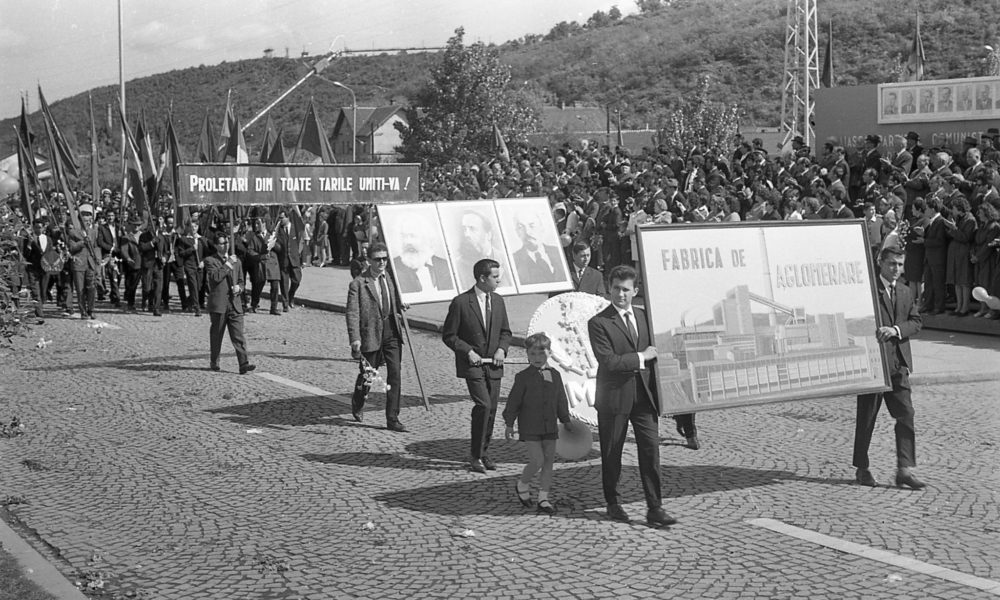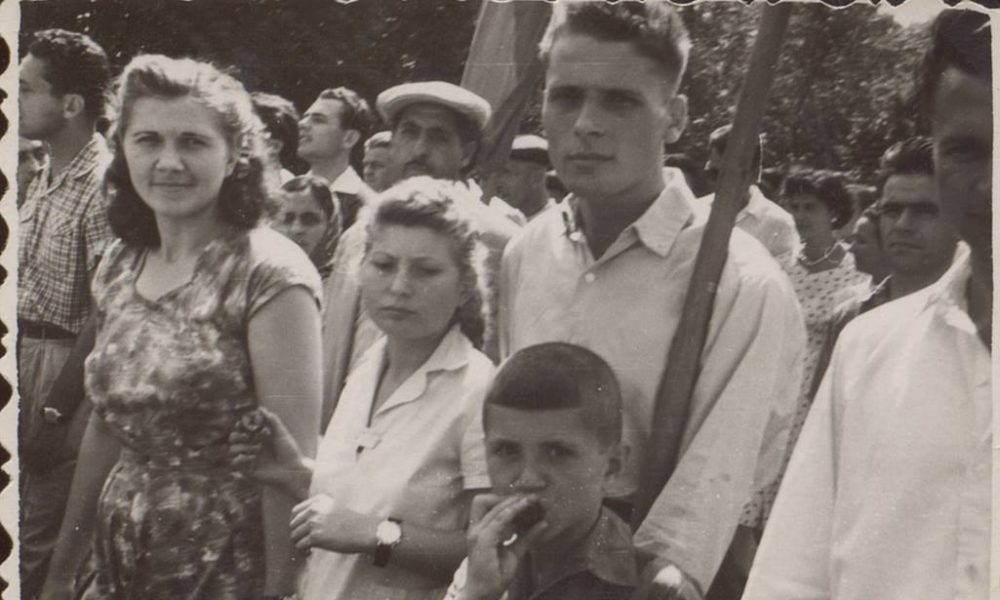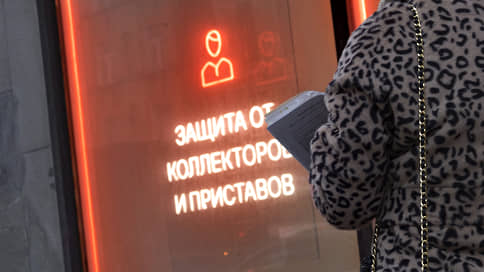International Labor Day. Romania is on vacation

It is May 1 today, the day on which the International Labor Day, the Labor Day or the International Workers Day is celebrated. The day marks a tribute to workers and labor movements around the world.
In the 19th century, at the height of the industrial revolution, thousands of men, women and children were dying every year due to bad working conditions and long working hours. The workers were exploited to the maximum, being obliged to work up to 15 hours a day, without adequate payment and safe. Also, it was not unusual for minors to work hard in difficult conditions for a tiny salary. In 1864, the International Association of Workers (IWA) in London was formed with the intention of fighting workers’ rights. Their belief was that employees should work under safe conditions, having a better salary in a predetermined work schedule. In 1871, the workers in France were inspired by the activity of the International Workers’ Association and followed the example, starting their own working movement, according to https://nationaldaycalendar.com/.
In an attempt to end these inhuman working conditions, the Federation of Craft Organizations and Trade Union Unions (later, the American Labor Federation) held a Convention in Chicago in 1884. The federation proclaimed the fact that « eight hours will be a legal work day from May 1, 1886 and after this date ». The following year, « Knights of Labor » – then the largest organization of workers in America, constituted as a secret society of tailors in Philadelphia, in 1869 – supported the proclamation, both organizations encouraging workers to strike and protest, according to https://www.history.com/.
Workers from all over the United States organized demonstrations on May 1, 1886, to support their cause. The biggest demonstration took place in Chicago, where about 90,000 workers participated, about 40,000 were on strike. However, three days later, in the Haymarket Square in Chicago, where the number of strikers had reached over 65,000, things climbed and the police intervened brutally. They were registered dead and injured.
How to celebrate 1 May before 1989
On July 20, 1889, on the occasion of the first Congress of the Second International, met in Paris, it was established that on May 1, the International Labor Day would be celebrated, on this occasion, demonstrations were organized to mark the tragic events in Chicago, but also to determine the authorities to accept the day of eight hours, the work day, the day of eight hours. https://maotron.fr/. Between 1890 and 1891 demonstrations were held in the US, in several European countries but also in Chile, Peru, Cuba, according to https://journals.co.za/. The International Labor Day was recognized as an official, official event, at the second International Congress of 1891, in Brussels, according to https://libcom.org/.
The US and Canada mark the Labor Day, on the first day of September. After the Pullman strike of 1894, President Grover Cleveland officially moved the marking day for the first Monday of September, intentionally breaking the connections with the international holiday of workers for the fear of setting up communism and other radical causes. President Dwight D. Eisenhower tried to reinvent the day of May 1 in 1958, removing it even more from the memories of the revolt in the Haymarket Square, declaring that May 1 is the « Day of the Law », celebrating the importance of the law in the creation of the United States. https://journals.co.za/.
On the other hand, the United Kingdom of Great Britain and Northern Ireland and the Republic of Ireland dedicates the first day of Monday this day. In Australia, each state has a day of work it celebrates on the first or second day of March, May or October. New Zealand marks the Labor Day on the fourth Monday of October.
May 1 is a non -working day in most states, including Romania. In many other countries, however, the International Labor Day is the perfect occasion used by the unions of several professional categories to make their social or professional claims known. In our country, May 1 has been marked since 1890, by organizing Câmpenese parties. In 1945, in Bucharest, the first working demonstrations took place and the latter were held in 1971. Today, May 1 is celebrated by concerts, green grass outings or various festive activities.
For the past thirty years, the memory of May 1 and May 2, celebrated by work and for students and students, the occasion of a short vacation of « Youth Day », initially officially celebrated by the generations that came, through the wishes of each to relax.
We remember the tiring parades, marches, wishes, versified cries, addressed to the party and the leader on behalf of « the working people from cities and villages », even on the last day, that of May 1, day hard in the second part of the 19th century, to improve the working conditions. Basically, the day of May 1 had to remain a holiday, rest, break, according to the desire of each proletarian, civil servant, etc.
The Câmpeneşti celebrations animated each urban community, how small, the unions having a very active role in their organization. At least for the moment, the faults between the functions, and the direct communication, the relationship devoid of subterfuges or camouflages between disciples, muniors, masters, engineers, etc. were disappeared. It was an opportunity to socialize and familiarize with the problems of each, to meet the families, to know and understand the shortcomings of some and to try to discover solutions, solutions. Not many times, the factory owner was at such a first celebration, along with the engineers and masters of his factory, in such an attitude that he would disarm today: destined faces, not forced by the note of complexity.
The first one also meant an opportunity to have fun, in an unexpected way for today, but certainly for the « five-year » decades after 1950. The fairs, the beans, the seasonal housekeepers absorbed much of the urban consumers, without the possibilities or desires of celebration on the green grass. There were also the theaters of Varieteu, the factory clubs, the billiard rooms adjacent to the cafes, and for the youngest cinema, the small trips, the sports competitions of all kinds and especially the balls that ended with the choice of the most talented dance pair. Since the 1970s, the so-called « balls » have turned into discos.
There were happier situations, when the owner of the factory was building a generous pension for his workers, as was the case with Rudolf Gaiser, owner of the oldest metal factory in Bucharest (established in 1859), and which after the First World War raised the « Gaiser Pension » from Timişul and his employees. Nationalized in 1948, the pension remained until today on a certain type of privileged circuit, inaccessible to ordinary mortals, although they were intended for them!
The situation changes gradually from 1946-1950. In the state of « working people from cities and villages », the day of May 1 was a short time a part -time holiday, for a few years, but always accompanied by marches and parades, an official manner of manifesting unlimited joy to « breaking the chains of bondage ». Sports competitions, especially football, shooting competitions, chess, table tennis were organized. The place of artistic or art films was taken by the Soviet and then native meadows about the successes of the leaders, the stahanovists and the « five -year -olds » (they were called those who managed to exceed the 5% plan by applying the « methods » of the Soviet workers). Then the marches and parades remained, which were held in the first part of the day and usually, after lunch, the groups of the parades were lost through the gardens of the braces and restaurants. Existing situation through 1965-1975. In a short time, those who did not march paying the party on the streets, celebrated May 1 through work, most of them, although, the peak of historical irony, this day of those who work, represents a symbol of working time, from 14-12 hours to 8 hours.
Soon after 1948 he gradually appeared and the 2 more conferred on the young workers and then utecists. Since the rigorous demonstrations from the beginning has passed slowly to the tradition of departures in short mountain holidays or on the seafront. Thus was born the name of the « May 2 » resort, along with the reputation of the « Young Youth ».








